- Joined
- Dec 2, 2005
- Messages
- 71,073


Ive been so busy with work over the past couple of months that Ive barely had time to go hunting in any of my local flea-markets. Nonetheless, because I havent had time for a fettling session in a while, the pile of folders and other bits and pieces has grown steadily. I cleared the table over Xmas, but on New Years Day I thought Id try and tackle the monster pile. The monster won hands down! :grumpy: But I did get a bit of work done before being overwhelmed and throwing in the towel

This Ampoule Knife is pretty unusual. This one was made for pharmaceutical company Sandoz under the Joseph Rodgers name, came with a pile of replacement blades for the glass saw if anyone ever needs a spare. I came across a near identical knife a couple of years back, but made in Germany by E.Bonsmann (below).



Nothing highfalutin about this one, but it has great walk and talk, and the steel seems good :thumbup: Based on the fact that theyre neither plated nor stainless, I imagine the knife stands are pretty old.

Perhaps some nice Italian lady once carried this tiny thing to sharpen her eyebrow pencil, made by Corigama. Pliers by Wilkinsons.
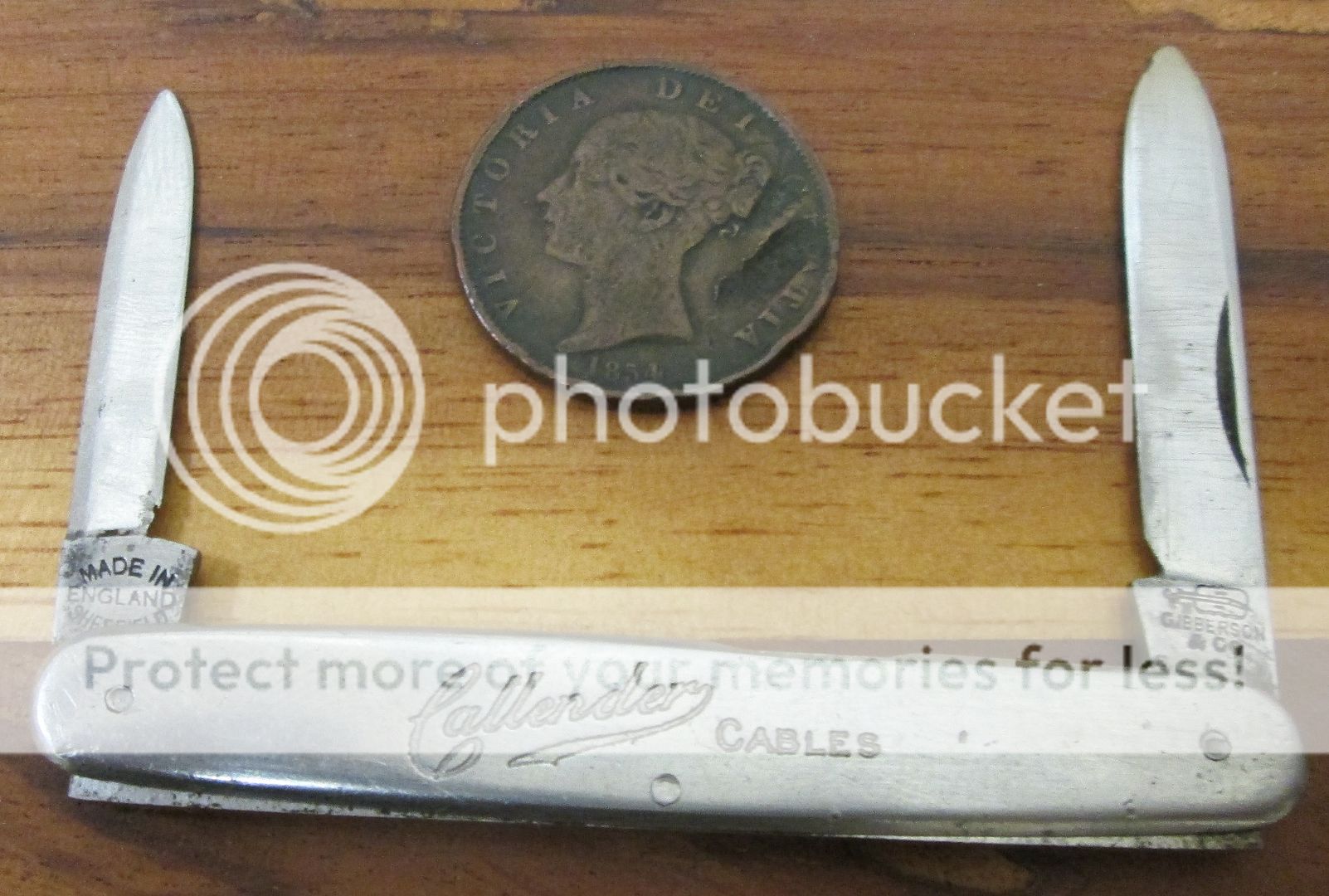


I believe this Ibberson Penknife with advertising for Callender Cables is from the 1930s. The springs are a little worn. Info on Callender Cables here: http://www.gracesguide.co.uk/Callenders_Cable_and_Construction_Co


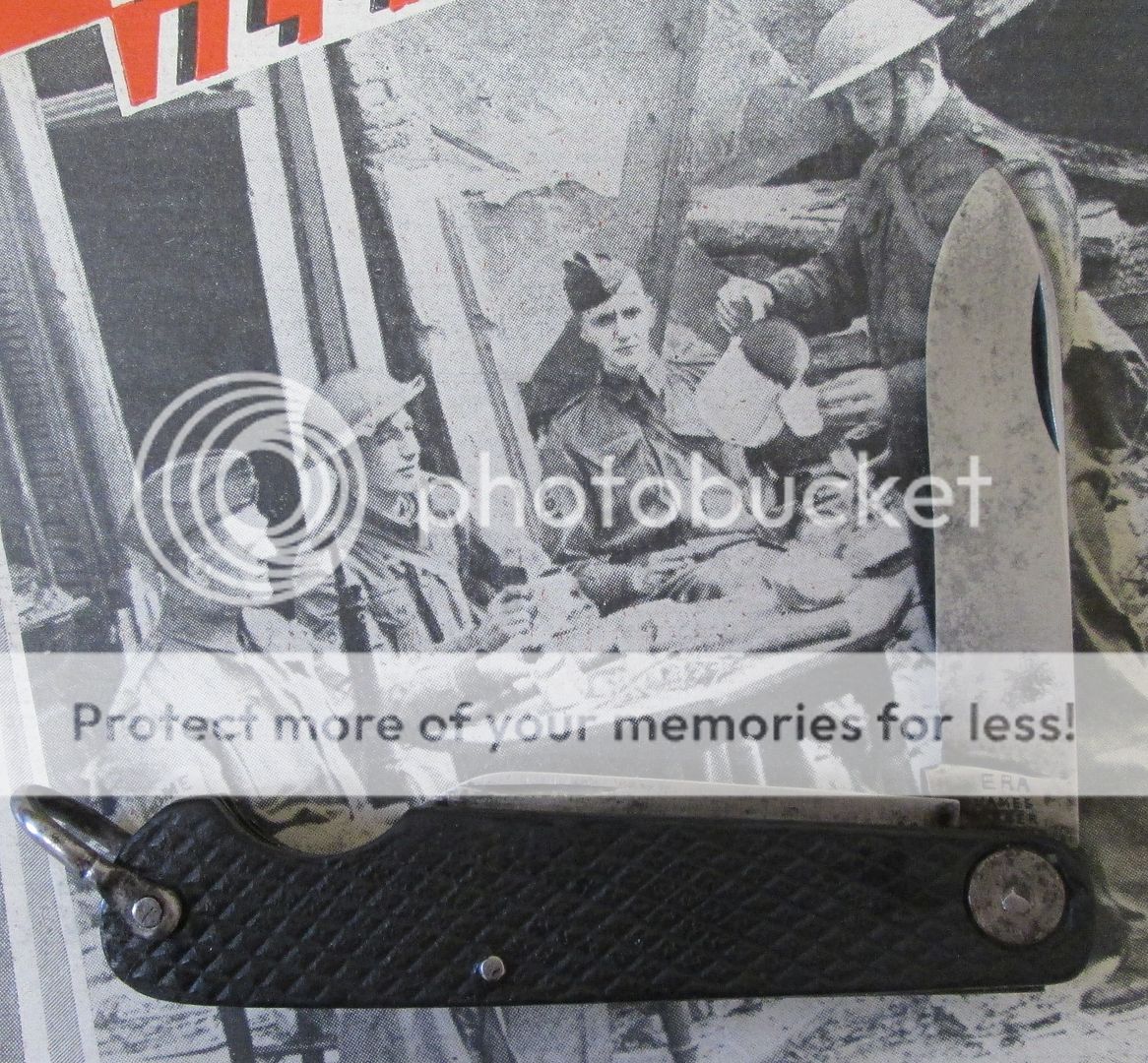


This military clasp knife by James Barber of Sheffield is a hybrid pattern with a WW1 pattern blade and a WW2 pattern tin-opener. Its a good solid knife with great walk and talk. Inevitably the tin-opener is a bit of a pig to open
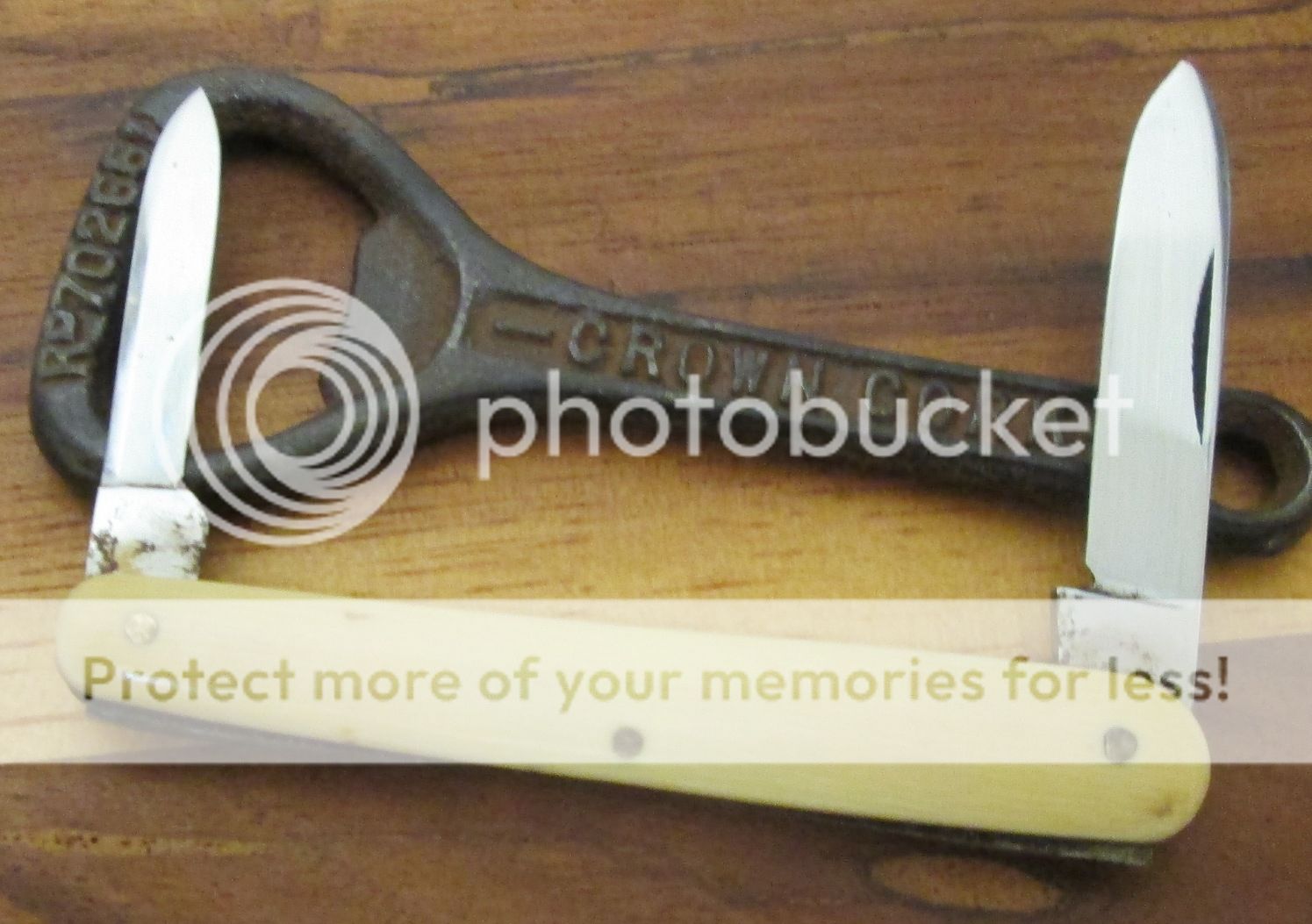

The Joseph Rodgers marks on this nicely-made Sleeveboard are so feint that I suspect one of their (mainly self-employed) cutlers used them on one of his own knives. That or they were just badly struck.
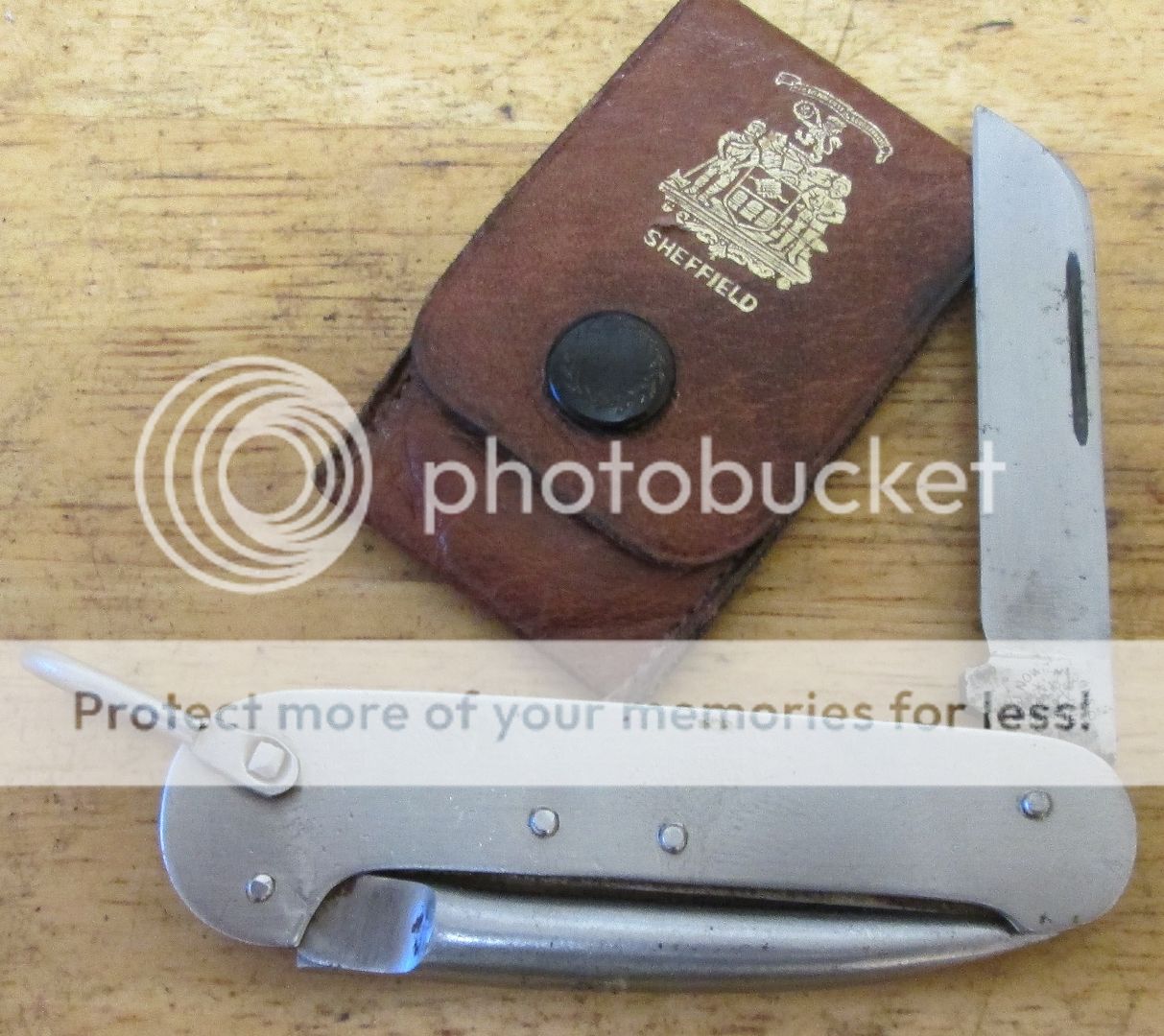

This small John Nowill & Sons clasp knife is the same pattern as knives once carried here by Girl Guides. The wee leather pouch was a gift from ADEE.
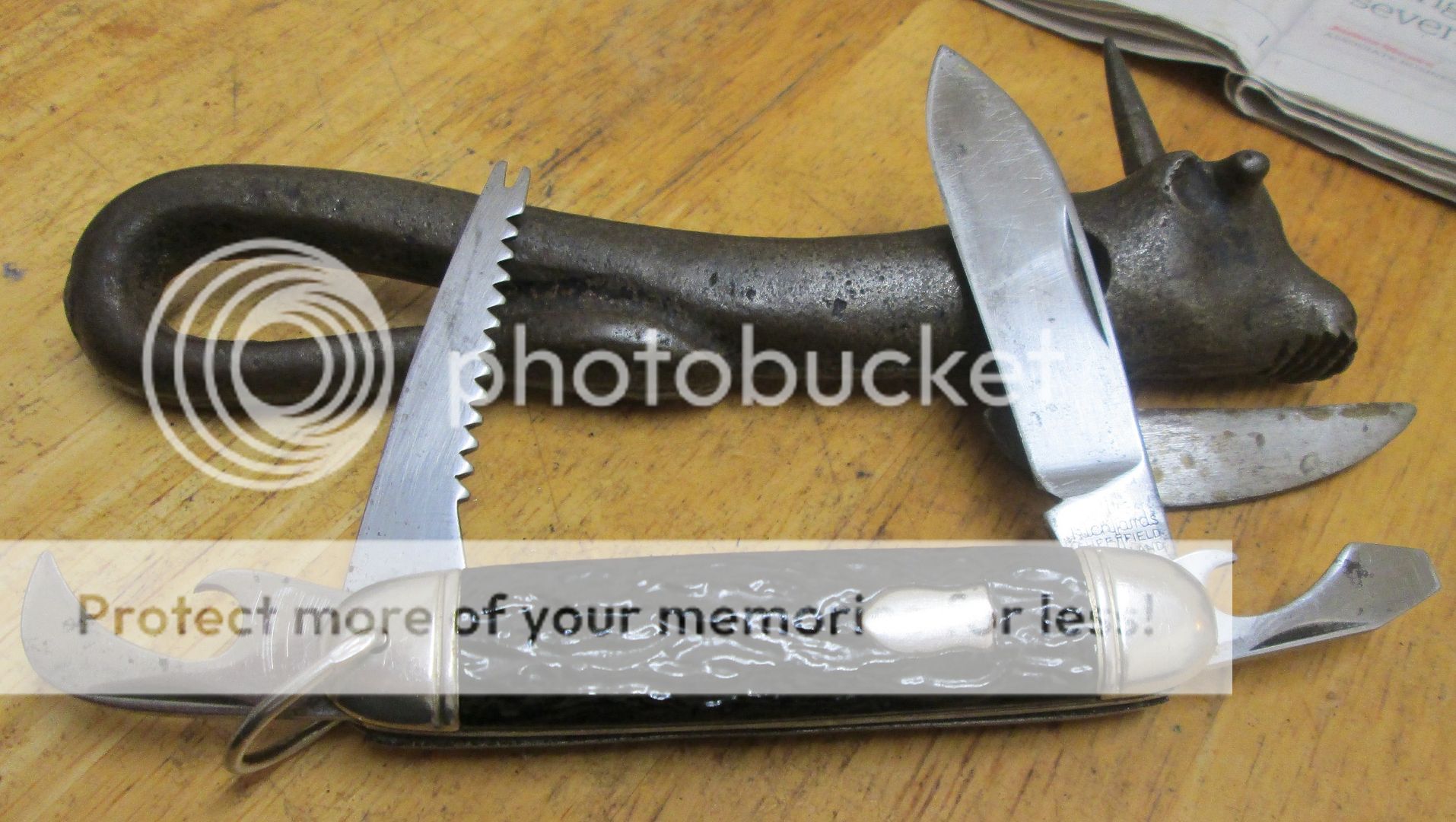

I found this Richards 4-blade Scout Knife in unusually good condition. Blade is carbon steel, tools are stainless. The Bully Beef tin-opener (http://toolmonger.com/2008/05/30/antique-tools-19th-century-bully-beef-can-opener/) cost me several times as much, but is considerably older. It doubles as a trench club!

Ive seen fruit knives like this before, but not previously with provenance.

Ive been sending a few old tools down to Paul and Jan Mason recently, but theyre completely tooled-out or wise to my table-clearing strategy!
As I told that darn table, I will be back!

